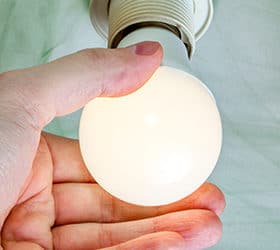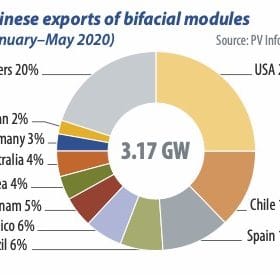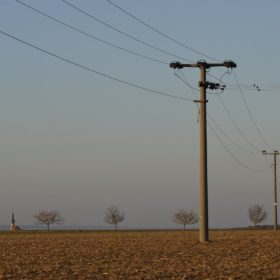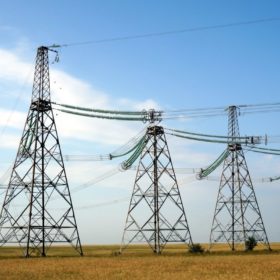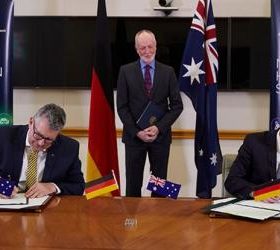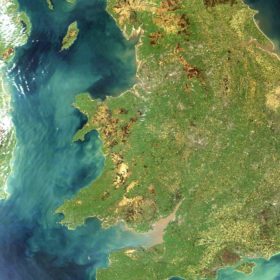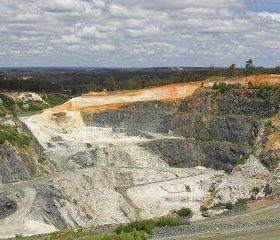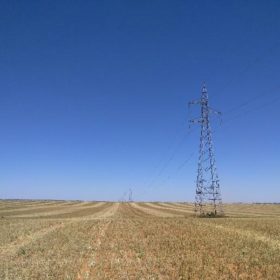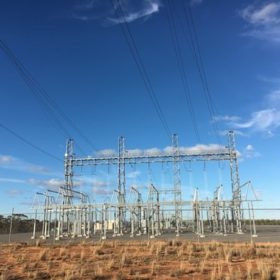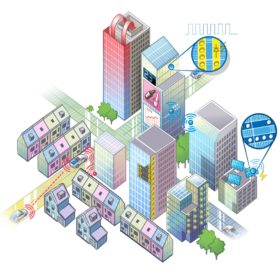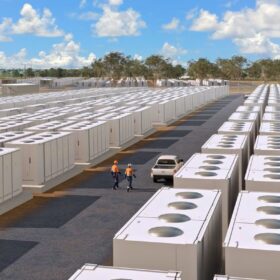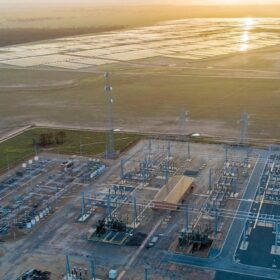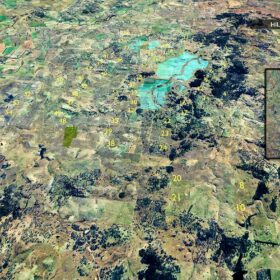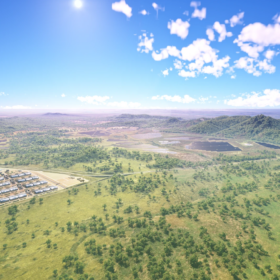VIC sets new energy efficiency targets for reductions in bills and emissions
Victorian Minister for Energy, Environment and Climate Change, Lily D’Ambrosio, has announced accelerated targets for the Victorian Energy Upgrades program, a way for Victorians to save on their bills and contribute to the state’s emissions reduction targets.
Weekend read: Prospects for bifacial and large-format products
The pandemic and accidents at polysilicon labs in China’s Xinjiang region put PV manufacturers under pressure to maintain production this year, while slowing cell and module R&D. After half-cut and multi-busbar becomes commonplace, manufacturers will continue to explore the high-density assembly methods that emerged last year, as well as n-type cells. But the market is also shifting to large formats, and the share of bifacial products is growing this year. As sizing up modules can bring immediate returns, PV InfoLink’s Amy Fang expects the PV industry to prioritise the development of large formats and bifacial products next year.
Asian Development Bank provides more than $1bn finance for renewables power lines
The development lender has followed up a $600 million loan for distribution infrastructure in eastern Indonesia with a $430 million credit line for installations in India.
Victorian DER marketplace trial funded as grid integration blueprint
The Australian Energy Market Operator has received funding to develop a major Victorian Distributed Energy Resources marketplace in an Australia first trial.
Work begins on German-Australian “hydrogen bridge”
The joint-feasibility study into green hydrogen production and trade between Australia and Germany has officially begun, work on what the German Federal Minister of Research has dubbed the “Wasserstoffbrücke,” or “hydrogen bridge”.
UK assembles experimental hydrogen network from decommissioned gas infrastructure
The £12.7 million project will explore how to transport pure and blended hydrogen for use in heating and industrial purposes. Construction will start next year.
WA announces members of its Future Battery Industry taskforce
A collection of mining companies, industry bodies and union groups have been announced as the members of the Future Battery Industry taskforce, the Western Australian McGowan Government’s unit designed to grow the value chain of critical minerals for the energy storage industry for domestic use and export opportunities.
$108 million in Victorian funding for green energy’s next wave
Alongside targeted upgrades to transmission, and ongoing solar and wind developments, the Andrews Labor Government seeks to keep the breakthroughs rolling through with commitment to funding renewable energy research and start-ups.
New rules smooth path for renewable energy zones
The Australian Energy Market Commission (AEMC) has proposed changes to the rules governing how electricity generators connect to the grid in a bid to help pave the way for the introduction of renewable energy zones (REZs).
Ever heard of photovoltatronics, the new frontier of solar in urban environments?
Scientists in the Netherlands are planning to build intelligent PV devices for energy and information applications. Their intention is to make this approach a new field of PV research, whose ultimate goal is enabling solar cells to communicate with each other and with other devices, ensuring that all the generated energy ends up exactly where it’s needed, especially in the urban environment.
